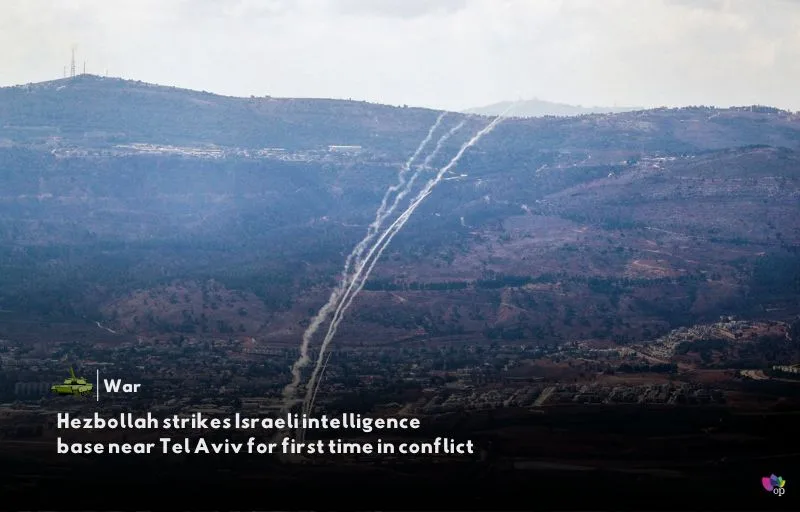On Wednesday (25 September), Hezbollah launched a ballistic missile at an Israeli intelligence headquarters on the outskirts of Tel Aviv, marking the first use of such a weapon by the group in this conflict. The targeted base is believed to be responsible for planning assassinations of resistance leaders and coordinating Israel’s pager terror attack on Lebanon, according to a Hezbollah statement. The missile, a Qader 1, was fired in support of Palestinian resistance in Gaza and to defend Lebanon.
Israeli air defense systems, specifically the David’s Sling, intercepted the missile, with no reported injuries or damage. The Israeli army claimed to have struck the launcher in Lebanon following the missile’s launch. Both Hezbollah and Israel have been engaging in an incremental escalation of hostilities, with Hezbollah firing rocket barrages into areas like Galilee, Haifa, and Tiberias. Despite the missile launch, the group has yet to deploy its most advanced weapons.
While tensions are rising, a senior Israeli air defense commander stated that the situation has not yet reached a “tipping point.” Both sides have limited the depth of their attacks, with Hezbollah holding back its more sophisticated missiles and Israel restricting strikes on certain critical areas in Lebanon. However, Israeli airstrikes have already targeted Beirut three times, killing Hezbollah commander Ibrahim Kubaisi, among others, during a recent attack on Ghobeiry.
The conflict continues to intensify, with Hezbollah vowing to maintain its operations until the war in Gaza ends. In response, Israel has conducted a wide-scale air campaign across Lebanon, particularly in its southern and eastern regions. These attacks have resulted in over 550 deaths, 1,800 injuries, and thousands of displaced people since the beginning of the week. The gradual escalation suggests both sides are preparing for the possibility of a broader conflict.
References


 العربية
العربية 简体中文
简体中文 Français
Français Deutsch
Deutsch עִבְרִית
עִבְרִית हिन्दी
हिन्दी Italiano
Italiano 日本語
日本語 Русский
Русский Español
Español

Comments 1